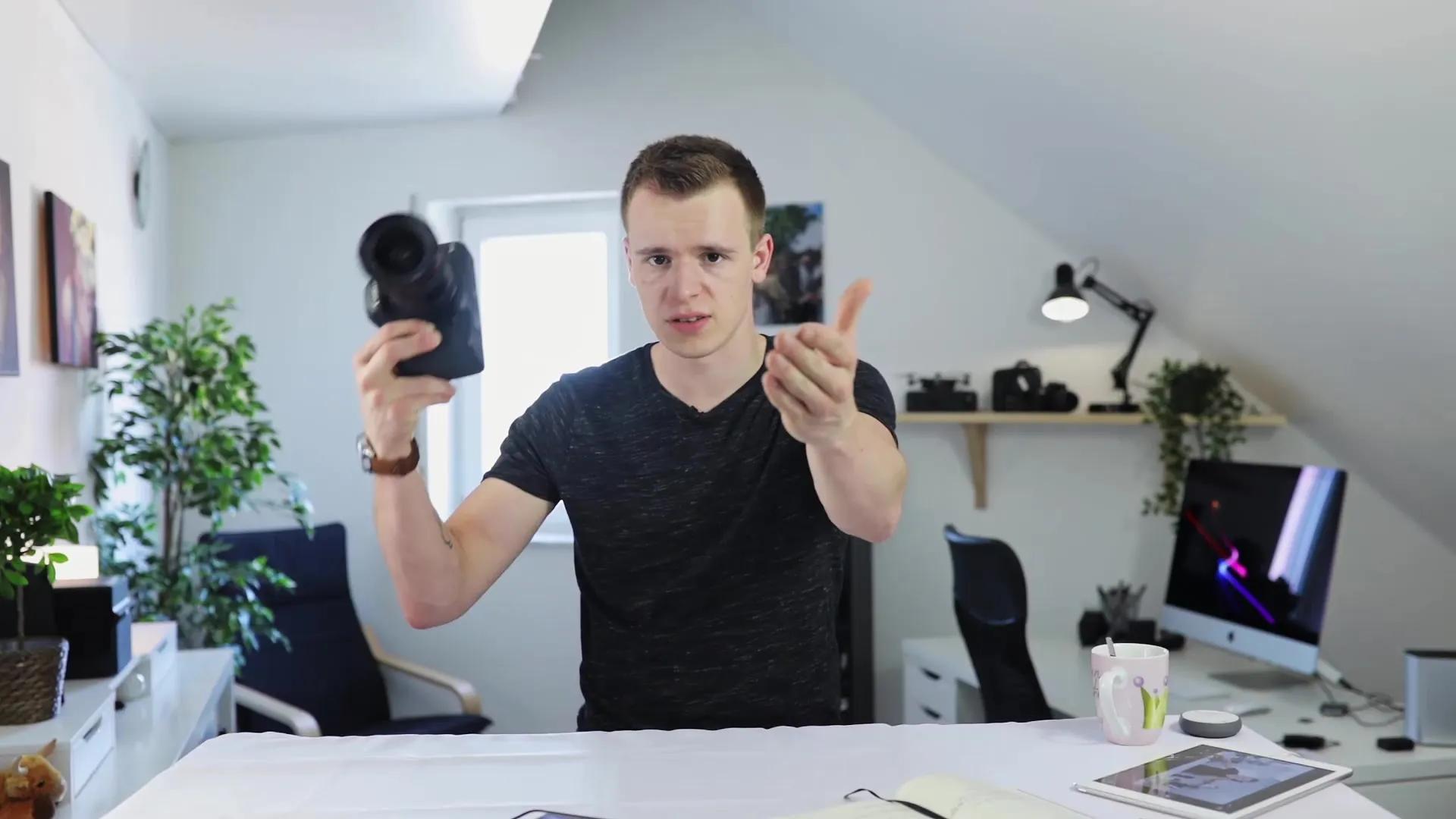Digital video production requires a deep understanding of various technical aspects to achieve the best possible quality. One of the crucial elements to pay attention to is the bit depth. This significantly influences the color quality and the possibilities for post-processing your videos. In this guide, you’ll learn what bit depth is, how it affects your recordings, and how you can effectively utilize it in your projects.
Key Insights
- Bit depth indicates how much color information can be processed per pixel.
- Cameras often record in 8-bit, allowing for 256 color combinations per color channel.
- Higher bit depths (e.g., 10-bit or more) enable more detailed and nuanced color correction in post-production.
- The compression of the video has a significant impact on quality.
- Professional cameras offer lower compression ratios and provide higher quality source material.
What is Bit Depth?
Bit depth refers to the number of bits used to represent the colors of a pixel. An 8-bit camera, which you will likely use often, offers 256 different color combinations per color channel - that is, Red, Green, and Blue (RGB). This results in a total of 16,777,216 possible colors (256 x 256 x 256). Therefore, having more colors available not only improves the color depth but also allows you to work out more details in your images.
Why is Bit Depth Important?
With a higher bit depth, you can make more nuanced color corrections and create smoother transitions. This is particularly important when working with gradients and exposure corrections in post-production. Professional cameras filming in 10-bit, 12-bit, or even 16-bit provide you with more information, which gives you a broader spectrum of color and detail adjustments in post-editing.

The Role of Compression
When choosing recording quality, compression also plays a crucial role. The quality of videos recorded on smartphones or with heavily compressing cameras is often not suitable for intensive post-editing. These devices optimize videos for immediate viewing on small screens and attempt to minimize storage space. This leads to the removal of fine details, leaving you with less room for edits.
Creating Higher Quality Footage
If you have the opportunity to film with a camera that supports RAW video or higher bit depths (such as 10-bit), you should prefer this option. Each additional bit significantly enhances the possibility of color creation. For example, increasing the bit depth to 10-bit not only gives you more colors but also more gradations between colors. This is especially useful if you want to make drastic color changes.
The Influence of Bitrate
In addition to bit depth, bitrate is another important aspect. The higher the bitrate, the less compressed your video is and the more data is available for post-editing. With a lower bitrate, the image may simply not contain enough information to be successfully edited later on. Ensure that you set your camera’s bitrate as high as possible to achieve the best output quality.

Tips for Choosing Cameras
When selecting a camera for your projects, make sure it allows for the lowest possible compression level. The results of your recordings will benefit significantly, and you can produce a better final product in post-production. Consider whether you are working with a mirror reflex, mirrorless, or professional camera and choose the options that offer you the most room for editing.
Conclusion
In summary, you can say that bit depth is crucial for the quality of your material in video production. Most cameras record in 8-bit, which is sufficient in many cases. However, if you want to get the most out of your recordings, you should focus on achieving a lower compression rate and a higher bit depth. You will be able to give your videos more depth and dynamics and implement color grading in post-editing more effectively.
Summary - Understanding Bit Depth in Premiere Pro CC
By deepening your understanding of bit depth in video production, you will be able to make better decisions for your projects. A good understanding of bit depth and suitable compression significantly improves the quality of your videos and enables more creative post-processing.
Frequently Asked Questions
What is bit depth?Bit depth indicates how much color information is stored per pixel in a video.
Why is a higher bit depth better?A higher bit depth allows for more nuanced color corrections and improved details in your videos.
How does compression affect video quality?Heavy compression often results in loss of image details, making post-editing harder.
How can I increase the bitrate?Set the bitrate on your camera to a higher level in the settings if your device allows it.
Which cameras benefit most from a high bit depth?Professional video cameras and high-quality mirrorless cameras typically offer options for higher bit depths.


